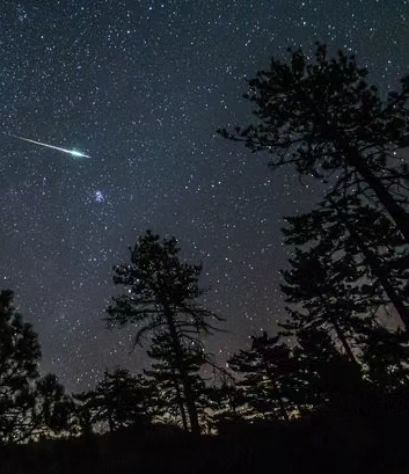
The peak of the Perseids meteor shower will occur in the small hours of August 13th. With the Moon is a slender waning crescent phase, this year will potentially preset ideal conditions for observing one of the most active shooting star displays on the celestial calendar.
Officially the shower is active now so do head out under clear skies any night you can, however peak activity will occur between 11th – 14th August, with the early morning of the 13th predicted to produce absolute peak rates.
Please do not get carried along by the hype from some sectors of the media promising displays of 90 meteors per hour. These rates are under the best possible conditions of darkness, seeing and elevation. If you catch a few zipping shooting stars and some brighter fireballs during your vigil you’ll have had a great night. Go in with low expectations and just enjoy being out under a canopy of distant stars. As you wait the Pleiades star cluster and Jupiter will be on display in the rough direction of the radiant.

Ideally you’ll want it get away from bright city lights and head out somewhere dark with good views of the sky and horizon. After midnight on peak nights should mean the radiant of the shower in the constellation Perseus is suitably elevated in the sky but you don’t need to stare at the radiant as shooting stars will appear to come from random directions.
No special optical aids are needed to enjoy a meteor shower, just your own eyes and some patience.
Good luck and clear skies.